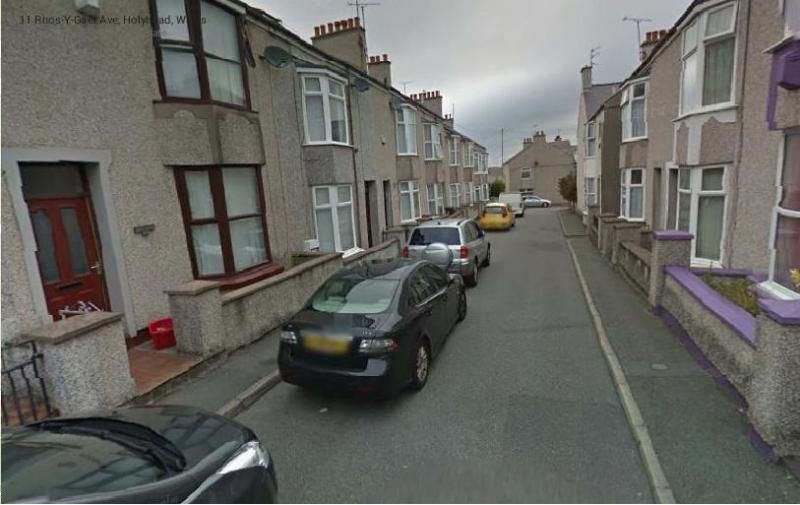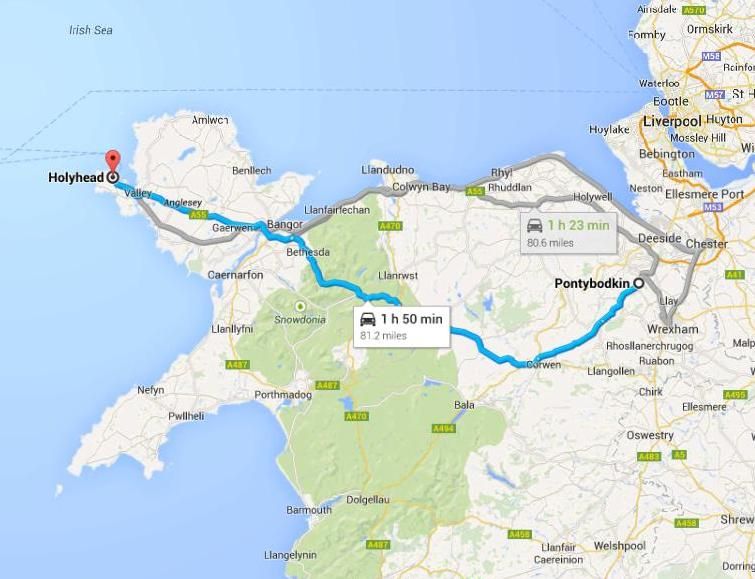Thanks for that, David. For me that seals it that Ian's grandfather was indeed the doctor in the homicide case.
My slight reservation had been over the missing hyphen in the name 'Scott-Taylor' in the three newspaper clippings I posted reporting the case. Was it, I wondered, possible that a Dr David Taylor had existed who happened to have the middle name 'Scott'? Full names of all the other participants were used in the reports, as is the norm in legal reporting.
The presence of a hyphen in DS-T's name on the document you have posted answers that question. It is the same man.
Thoughts of missing hyphens bring me to the 'death notice', by which Phil set so much store early in this thread.

There are some odd and so far unexplained details about this newspaper report.
Firstly, it isn't a death notice. Death notices are generally inserted by the undertaker on behalf of the family, give details of the funeral arrangements, and traditionally end with a list of family members left by the deceased. I have started looking for DS-T's death notice but have not so far been successful.
Secondly, it gives DS-T's address as being in Rhosygaer Avenue, Holyhead. This is Rhos y Gaer Avenue, Holyhead;

He is described as working however, as an assistant doctor in Caergwle and living in Pontybodkin. These are villages near Wrexham, a full eighty miles and two hours away at the other side of North Wales!

An impression has been given of DS-T being a pillar of the Holyhead community and having his own medical practice. In fact he was working in a junior role in a remote rural part of North Wales and living in digs!
The Holyhead connection appears to be purely through his new wife. There is no suggestion that he ever worked or practiced medicine there.
The other details in the report are the kind of information that could only be supplied by the family - in this case his young wife. In turn, these details would almost certainly be purely anecdotal - things that he had told her. There would be no reason for or expectation on the junior reporter tasked with putting together the piece to check the facts out.
So everything about being Sir Walter Scott's grandson, being mentioned in despatches five times etc. etc. is based on what an unsuccessful itinerant middle aged and possibly lecherous doctor told an impressionable young Holyhead girl as he wooed her to the altar...
All this also brings us to the question I raised with Ian yesterday.
In a press release last year Ian made claims that Alister MacKenzie used to visit his grandfather in Holyhead.
“My grandfather, Dr. David Scott-Taylor, and Doctor MacKenzie first met in Edinburgh,” Scott-Taylor recalls. “Grandfather was at the university’s medical college, was a scratch golfer and also had the reputation as a fine rugby player. MacKenzie was keen on rugby and they became fast friends. They both served in the British Army during World War I and later my grandfather became a surgeon at Chester Royal Infirmary and would host MacKenzie at his home there and also in Wales at Holyhead. On one such visit to Holyhead, grandfather took MacKenzie to Nefyn to play and he was so struck with the dramatic cliff top holes that he set about looking for land to emulate what he had experienced. I believe this trip became the inspiration for his design of Cypress Point and also his work at Monterey Peninsula Country Club’s Dunes Course.”
http://americangolfer.blogspot.co.uk/2013/02/golf-architect-ian-scott-taylor-made.htmlDoes anyone know whether DS-T was actually ever a surgeon in Chester, and if so, why did he end up as a lowly assistant in a rural GP practice near Wrexham while his pregnant young wife was back in Holyhead?
When exactly did Mackenzie visit Nefyn with DS-T? Cypress Point was designed in 1928. As far as we know DS-T had never even heard of Holyhead then and had only just avoided imprisonment - or worse - in Australia.
It doesn't stack up!